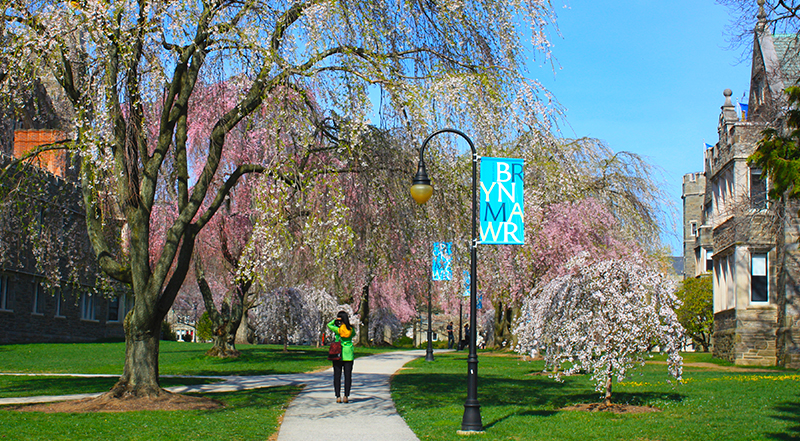
by Elizabeth LaScala PhD
A resume shows colleges who you are beyond your grades and test scores. Many colleges recommend and some even require a resume of your activities and achievements in high school. Here’s what should go into your resume:
· Your most significant achievements and honors
· Your major leadership roles and initiatives
· Unusual or exceptional activities, experiences, and skills
· Significant volunteer and paid work experience
A resume will help you make a good impression in other ways too.
· Give it to the teachers writing your letters of recommendation
· Bring it to your college interviews
· Submit it with your scholarship applications
To learn more about how to create a highly effective college resume, read on!
An effective college admission resume is a brief (start with 2 pages and try to whittle down to 1 page) easy to scan summary of what you achieved during high school. Instead of being a laundry list of activities and experiences, your resume should shine a spotlight on your highest accomplishments.
Your Resume Can Help You at Every Stage
It’s not fun to look at a blank admissions application with no idea where to start. Having your resume handy can help you easily put your best foot forward, which is why I recommend starting to develop your student resume early in your high school years. Here are the main ways your resume can help you during the college admissions process:
• College applications. Your resume will not only save you time when completing your college applications, it will also ensure you don’t forget anything important. Some colleges allow and some require resumes. So you need to be ready with yours!
• Letters of recommendation. Giving your resume to your recommenders will help them get to know you even better and remind them of your high school accomplishments.
• College interviews. Bringing your resume to a college interview, if allowed, can serve as a positive conversation starter.
• Scholarship applications. Similar to college applications, your resume makes it easier to showcase your accomplishments. Some scholarship applications ask for a resume. Read on about College Financial Aid Awards and Scholarships here.
• Jobs or internships. You can easily adapt the resume for work and internship interviews.
Tips for Making the Best Impression
• Use simple formats with plain fonts.
• Spell out the names of entries. Don’t use acronyms.
• Explain local or unique awards and clubs.
• Proofread (several times!) before sending. Then have someone else proofread it again.
How to Get Started with Your Resume
1. Brainstorm everything you’ve accomplished. Take time to think about your accomplishments over your high school years. Ask your parents and your counselor to help with brainstorming.
2. List everything that makes you stand out the most besides grades and scores. That includes awards, leadership roles, community service, special talents or hobbies, jobs, projects you led, and so on.
3. Note experiences that vividly show your determination, initiative, and passion. For example, colleges might be impressed if you stayed after school to tutor struggling students or if you picked up a second language by engaging conversations with coworkers at a part-time job.
Decide What Should Go Into Your Resume
Shave your list down to your most impressive accomplishments. You don’t need to include your GPA and scores, since colleges will see them in your application.
• Include your highest achievements and honors.
• Describe major leadership roles and initiatives you have undertaken.
• Include unusual but impressive activities, experiences, and special skills that don’t fit neatly into the activity sections of college applications.
• If you have spent significant time working outside of school, include your work experience.
Organizing Your Resume
Organize the information into an easy-to-read document that is no longer than two pages. Below are handy categories to use.
• Activities and work. Briefly describe the activity, your role in it, your contribution to it, the school year(s) you participated, any leadership positions you held, and how many weeks and hours per week you contributed.
• Honors and awards. Provide the name of the award or leadership position, a brief description, why you won it, and the date you received it.
• Other experiences and skills. Choose those that show your initiative and commitment. Describe the experience or skill, the challenges you faced, the period of time you devoted to it, and the result of your commitment.
Make Your Resume Easy to Scan
Put your full name, address, phone number, e-mail, and your high school at the top. Here are some commonly used approaches to listing your entries.
• Reverse chronological order, with the most recent entry listed first
• By importance, with the entry most important to you listed first
• By time commitment, with the largest time commitment listed first
• By leadership, with the strongest leadership role listed first
• By type, e.g., school-based activities, community service, work experience, honors/awards, hobbies and special interests
You should have a second version of your resume—one that includes your weighted and unweighted GPAs and your standardized test scores—to use for scholarship applications, athletic resumes or whenever the reader would want/need to know about you and does not have easy access to your transcript and test scores.



